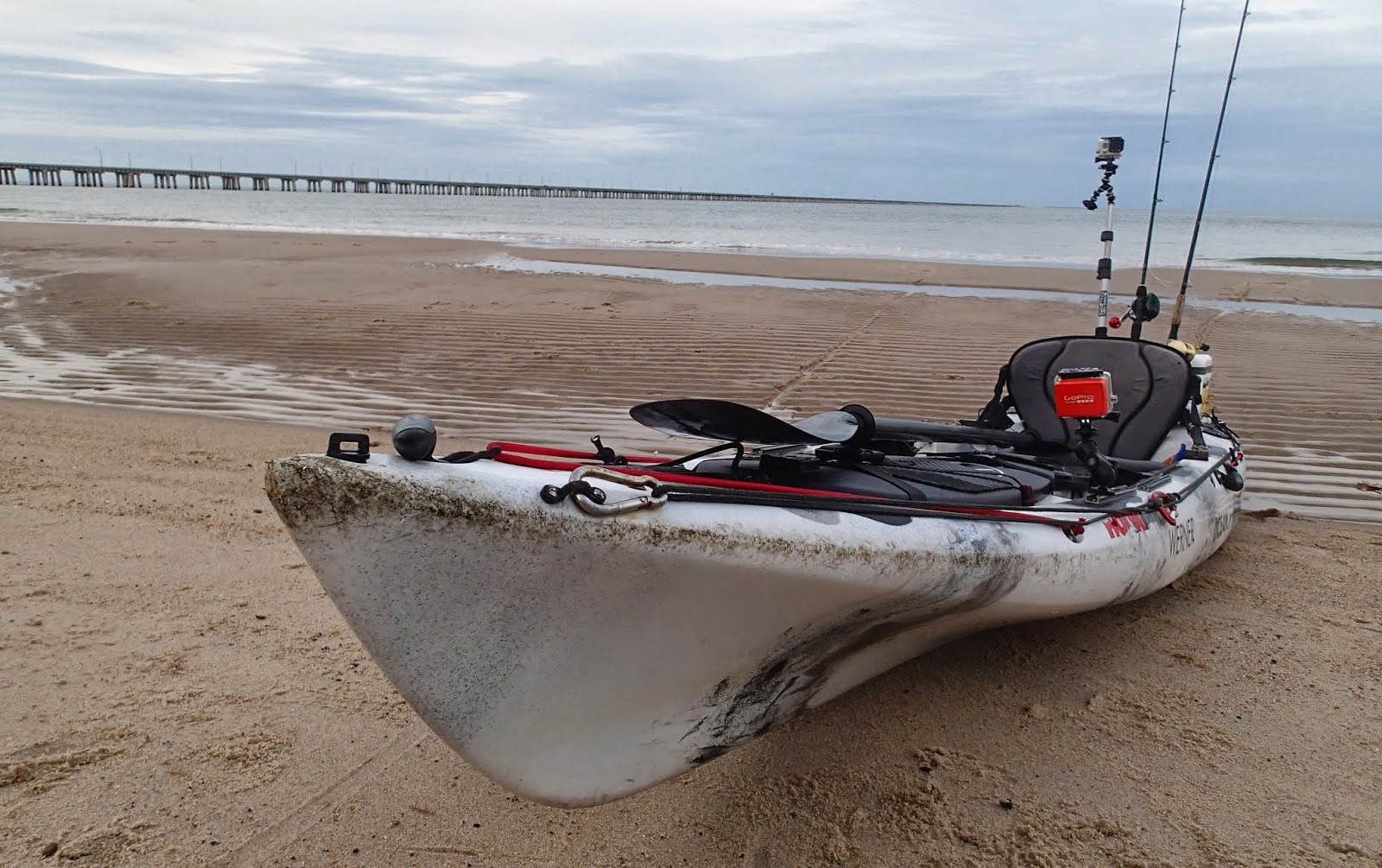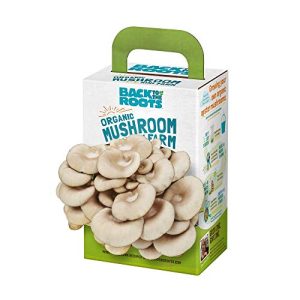Contents
- Overview of the Trident 13
- Features and specifications
- Design and construction
- Advantages and limitations
- Preparing for an Ocean Kayaking Trip
- Getting Started with the Trident 13 Kayak
- Navigating the Ocean Waters
- Safety and Rescue Procedures
- Exploring Marine Wildlife
- Capture the Beauty: Photography Tips
- Planning a Multi-day Ocean Kayaking Expedition
- Maintaining and Repairing the Trident 13
- Joining Ocean Kayaking Communities
Imagine gliding effortlessly through the crystal-clear waves, surrounded by the beauty and serenity of the ocean. With the Trident 13 kayak, a thrilling adventure awaits as you embark on a journey to explore the depths of the sea. This sleek and sturdy vessel is your ticket to unforgettable experiences, allowing you to navigate the open waters with confidence and ease. Whether you’re an experienced kayaker or a beginner setting off on your first oceanic expedition, the Trident 13 is the perfect companion, offering stability, comfort, and unmatched performance. Get ready to embark on an exhilarating exploration of the deep blue sea and uncover the wonders that lie beneath the surface with the Trident 13 kayak.
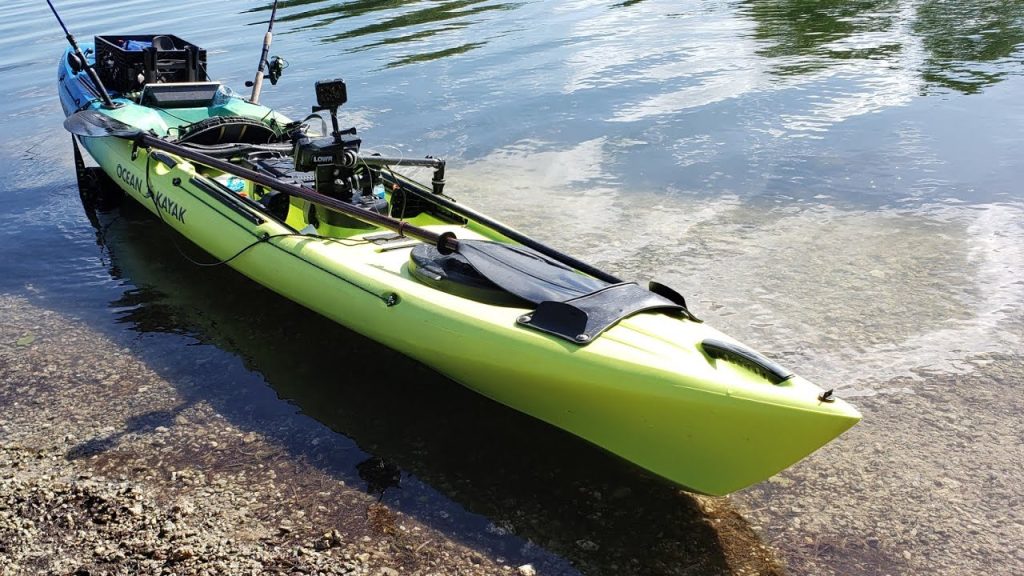
Overview of the Trident 13
The Trident 13 kayak is a versatile and popular choice for ocean kayaking enthusiasts. With its sleek design and durable construction, it offers a reliable and enjoyable experience on the water. This article will guide you through all aspects of ocean kayaking with the Trident 13, from preparation to exploration, and provide you with the knowledge and confidence to have a safe and exciting adventure.
Features and specifications
The Trident 13 kayak boasts a range of features that enhance its performance and usability in the ocean. Its length of 13 feet provides stability and maneuverability, allowing you to navigate through various water conditions with ease. The kayak is equipped with multiple storage compartments, perfect for carrying essential gear and supplies for day trips or even multi-day expeditions. Its comfortable seating and adjustable foot braces ensure a snug and personalized fit, promoting proper body posture and minimizing fatigue during extended periods on the water.
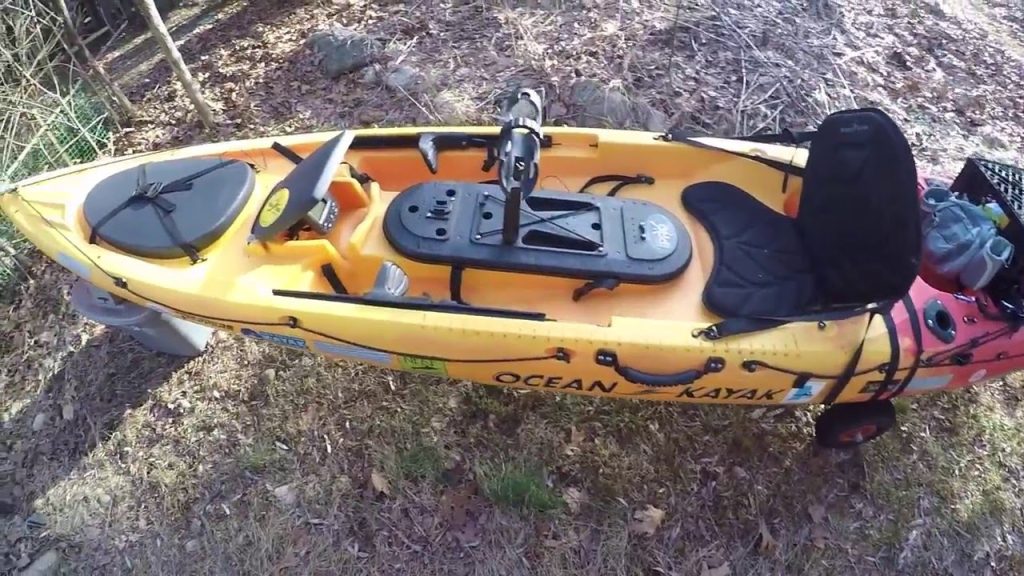
Design and construction
The Trident 13 is thoughtfully designed and built to withstand the demands of ocean kayaking. Its hull is constructed from high-density polyethylene, which offers durability and resistance to impacts from rocks and other potential hazards. The kayak’s sleek and streamlined shape helps it glide through the water smoothly, making paddling more efficient and enjoyable. The Trident 13 also features a rudder system, allowing for improved maneuverability and control in challenging conditions such as strong currents or wind.
Advantages and limitations
One of the major advantages of the Trident 13 is its versatility. Whether you’re a beginner or an experienced kayaker, this kayak accommodates a wide range of skill levels. Its stability and performance make it suitable for both leisurely paddling and more adventurous excursions. Additionally, the ample storage space allows you to carry all the necessary gear for any type of trip.
As with any product, the Trident 13 does have some limitations. While it excels in calm and moderate conditions, it may not perform as well in extreme weather or open ocean situations. Its size and weight may also be a consideration for those with limited storage space or difficulty transporting heavier equipment. It’s important to assess your specific needs and preferences when considering the Trident 13 kayak.
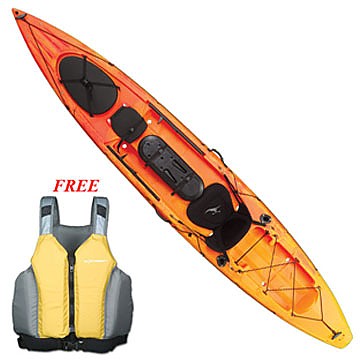
Preparing for an Ocean Kayaking Trip
Before embarking on an ocean kayaking trip, thorough preparation is essential to ensure a safe and enjoyable experience. This section will guide you through the steps necessary to prepare for your adventure.
Researching the location
Begin your preparations by researching the location where you plan to go ocean kayaking. Familiarize yourself with the area’s geography, tides, currents, and potential hazards. Knowing the local regulations and any permits required is also crucial. Take advantage of online resources, guidebooks, and local kayaking communities to gather as much information as possible.
Checking weather and tides
Next, check the weather forecast and tide charts for the dates of your planned trip. Understanding the expected weather conditions will help you dress appropriately and make decisions about when and where to paddle. Tides play a significant role in ocean kayaking, affecting water levels and currents. Plan your departure and return times accordingly to ensure optimal paddle conditions.
Safety gear and equipment
Having the right safety gear and equipment is vital for any ocean kayaking trip. Ensure that you have a properly fitting personal flotation device (PFD) and a whistle for signaling. Consider investing in a helmet, especially if you plan on exploring rougher waters or engaging in activities such as rock gardening. It is also important to carry a first aid kit, a marine radio for communication, and a spare paddle in case of emergencies.
Physical and mental preparation
Ocean kayaking can be physically demanding, so it’s crucial to build your strength and stamina before your trip. Engage in regular exercise and activities that focus on upper body strength, core stability, and cardiovascular fitness. Additionally, mental preparation is equally important. Do not underestimate the mental challenges that may arise during your journey. Practice visualization exercises, breathing techniques, and mindfulness to help stay calm and focused while on the water.
Getting Started with the Trident 13 Kayak
Now that you’re prepared for the adventure, it’s time to get started with your Trident 13 kayak. This section will guide you through the necessary steps to ensure a comfortable and safe experience.
Choosing the appropriate model
The Trident 13 kayak comes in various models, each with its own unique features and capabilities. Consider factors such as your skill level, intended use, and budget when selecting the most suitable model for you. If possible, try out different models to determine which one best fits your preferences and needs.
Adjusting the kayak for optimum fit
Properly adjusting your kayak for optimum fit is essential for comfort and control. Begin by adjusting the foot braces to ensure that your knees are slightly bent and in a comfortable position. Next, adjust the seatback angle and lumbar support to provide adequate back support. It’s important to experiment and make adjustments until you find the perfect fit that allows you to maintain good posture and paddle efficiently.
Understanding the controls and accessories
Familiarize yourself with the different controls and accessories of the Trident 13 kayak. Know how to adjust and operate the rudder system, which helps with steering and tracking. Understand the location and purpose of the various storage compartments and hatches. Additionally, learn how to properly secure any accessories, such as fishing rod holders or a camera mount, that you may have installed on your kayak.

Navigating the Ocean Waters
Once you are comfortable with your kayak and ready to hit the ocean waters, it’s time to learn about navigation techniques and how to handle different conditions.
Basic paddling techniques
Before venturing into the open ocean, ensure you are familiar with basic paddling techniques. Proper paddling technique involves using your core muscles in addition to your arms, allowing for more efficient strokes. Learn how to execute forward strokes, reverse strokes, turning strokes, and bracing techniques. Practice these techniques in calm water before attempting them in more challenging conditions.
Situational awareness and navigation
Maintaining situational awareness is crucial when paddling in the ocean. Pay attention to your surroundings, including other vessels, land features, and potential hazards. Use navigation tools such as maps, compasses, or GPS devices to determine your position and plan your route. Be aware of your abilities and limitations, and adjust your plans accordingly to ensure a safe and enjoyable experience.
Dealing with currents and waves
Ocean waters are known for their currents and waves, which can pose challenges for kayakers. Understand how to identify and navigate through currents to avoid getting caught in hazardous situations. Practice techniques such as ferrying and eddy hopping to effectively move across currents. When encountering waves, learn how to maintain balance and stability by using your body and paddle as leverage.
Handling different weather conditions
While it’s ideal to paddle in calm and sunny weather, conditions can change quickly when you’re on the open ocean. Learn how to adapt to different weather conditions such as wind, rain, fog, and temperature changes. Be prepared for sudden weather changes by dressing in layers and carrying appropriate protective gear. Understand the signs of worsening weather and know when to seek shelter and wait for safer conditions.
Safety and Rescue Procedures
Safety should always be a top priority when engaging in ocean kayaking. This section will provide you with essential information on safety gear and rescue procedures.
Wearing appropriate safety gear
Always wear a personal flotation device (PFD) that fits properly and is approved for use in water sports. Ensure that your PFD has a whistle attached for signaling. Consider additional safety gear such as a helmet, especially in areas with potential hazards. Dress appropriately for the conditions, wearing clothing that provides protection from both the sun and the water’s temperature.
Emergency signaling devices
Carry appropriate emergency signaling devices to alert others in case of an emergency. A marine radio allows communication with the coast guard or nearby vessels in the event of a distress call. Additionally, consider carrying a whistle, a waterproof flashlight, and signal flares. Familiarize yourself with the proper use of these devices and ensure they are easily accessible while you are on the water.
Self-rescue techniques
It’s important to be prepared for self-rescue situations in case you capsize or find yourself in trouble. Learn how to perform a self-rescue by practicing techniques such as the paddle float rescue, re-entry and roll, or the cowboy rescue. These techniques will help you regain control of your kayak and get back on the water safely. Regular practice of these skills is crucial to build confidence and resiliency in the water.
Assisting others in distress
While we hope it never happens, there may be times when you encounter others in distress while ocean kayaking. Knowing how to assist someone in need is essential to ensure their safety. Learn how to perform a T-rescue or solo rescue to help someone back into their kayak. Practice towing techniques to assist others who may be injured or fatigued. Remember to prioritize your safety while providing assistance and call for professional help if needed.
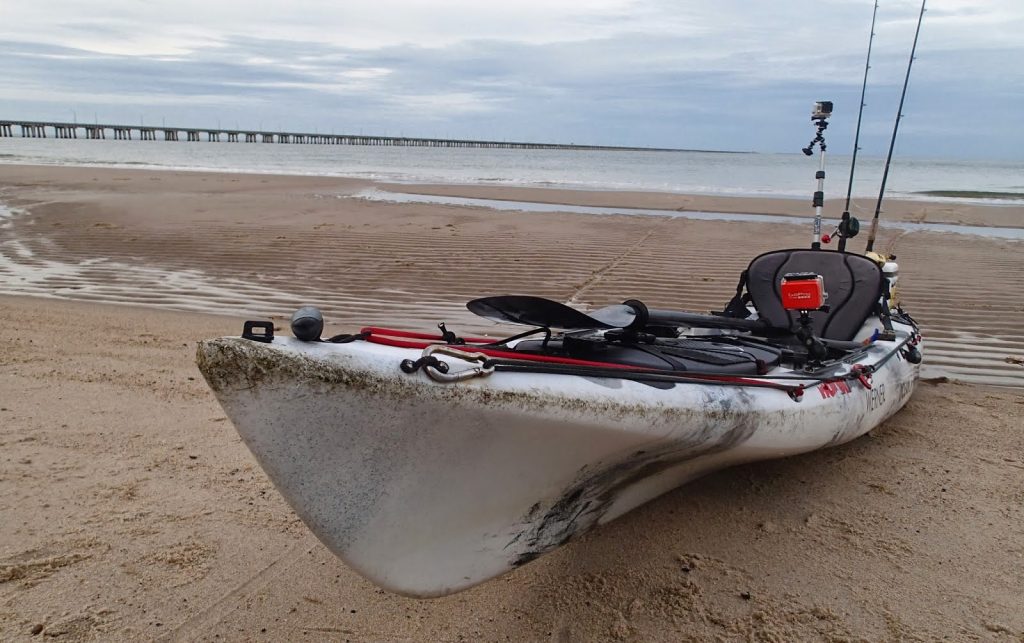
Exploring Marine Wildlife
Ocean kayaking provides unique opportunities to observe and interact responsibly with marine wildlife. This section will guide you through the principles of responsible wildlife exploration.
Understanding marine ecosystems
Before setting out to explore marine wildlife, it’s important to have a basic understanding of marine ecosystems. Educate yourself about local habitats, food chains, and the species you are likely to encounter. Learn about the importance of conservation and how human activities can impact marine life. Understanding these concepts will help you appreciate and protect the fragile balance of marine ecosystems.
Responsible wildlife interaction
Responsible wildlife interaction is crucial to minimize disturbances and ensure the well-being of marine species. Maintain a respectful distance from animals, allowing them to go about their natural behaviors undisturbed. Avoid approaching nesting areas or disturbing resting animals. Refrain from feeding wildlife, as it can disrupt their natural feeding habits. Remember that you are a visitor in their habitat and should strive to be a responsible one.
Identifying common marine species
Developing the ability to identify common marine species adds an extra layer of enjoyment to your ocean kayaking adventures. Familiarize yourself with the distinctive characteristics and behaviors of different species, such as dolphins, seals, and whales. Carry a field guide or use smartphone apps to assist with identification. Take note of the time and location of your sightings to contribute to ongoing research and conservation efforts.
Spotting dolphins, seals, and whales
Dolphins, seals, and whales are among the most captivating marine species you may encounter while ocean kayaking. These animals often display playful behaviors and can approach kayakers out of curiosity. If you are fortunate enough to cross paths with these magnificent creatures, remember to maintain a safe distance and avoid any actions that may stress or disturb them. Observe quietly and respectfully, allowing them to dictate the interaction.
Capture the Beauty: Photography Tips
Ocean kayaking offers incredible opportunities for capturing stunning photographs of the marine environment. This section will provide you with tips and techniques for successful marine photography.
Essential equipment for marine photography
Invest in quality camera equipment that is suitable for use in a marine environment. Consider using a waterproof or water-resistant camera or housing to protect your gear from water damage. A wide-angle lens is often ideal for capturing the vastness and beauty of the ocean. Additionally, carry lens cleaning supplies to ensure clear and sharp images.
Composition techniques
Composition is key to creating visually appealing photographs. Experiment with the rule of thirds, leading lines, and different angles to create interesting compositions. Utilize natural elements such as waves, rocks, or the horizon to add depth and context to your images. Be patient and observant, waiting for the perfect moment to capture unique interactions or behaviors.
Dealing with lighting challenges
Lighting conditions can be challenging in the ocean environment. The harsh sun, glare, and reflections off the water can impact the quality of your photographs. Use a lens hood or a polarizing filter to minimize glare. Experiment with different exposure settings and shooting angles to achieve optimal lighting conditions. Consider shooting during the golden hour, which is shortly after sunrise or before sunset, to capture warm and soft lighting.
Capturing underwater shots
If you’re equipped with a waterproof camera or housing, consider capturing underwater shots during your ocean kayaking adventures. Familiarize yourself with underwater photography techniques and settings to capture vibrant colors and details. Take note of safety considerations and be mindful of your surroundings while attempting underwater photography. Remember to respect marine life and their habitats at all times.
Planning a Multi-day Ocean Kayaking Expedition
For those seeking longer and more immersive ocean kayaking experiences, planning a multi-day expedition is an exciting prospect. This section will guide you through the crucial aspects of planning and preparing for an overnight trip.
Choosing suitable camping spots
Research and identify suitable camping spots along your planned route. Look for areas with shelter from wind and waves, accessible landing points, and proximity to necessary amenities such as freshwater sources and bathroom facilities. Check local regulations and obtain any required permits for camping. Consider the environmental impact of your presence and adhere to Leave No Trace principles.
Essential gear for overnight stays
When planning a multi-day expedition, ensure that you have the necessary gear for overnight stays. A waterproof tent, sleeping bag, and camping stove are essential items. Pack lightweight and compact gear to minimize the weight and bulk in your kayak. Carry enough food and water for the duration of your trip, factoring in any potential emergencies or unforeseen delays.
Food and water management
Proper food and water management is crucial during multi-day ocean kayaking expeditions. Plan your meals carefully, considering nutritional needs, weight, and ease of preparation. Opt for lightweight, long-lasting foods such as dehydrated meals, energy bars, and dried fruits. Ensure that you have access to a reliable freshwater source or have sufficient water purification methods, such as water filters or purification tablets, to keep hydrated throughout the trip.
Navigation and route planning
In addition to the general navigation techniques discussed earlier, multi-day expeditions require more thorough route planning. Consult nautical charts or maps specific to your area to identify potential hazards, currents, and landing sites. Plan your route based on distance, expected weather conditions, and available camping spots. Consider alternative routes and contingency plans in case of changing conditions or unexpected challenges.
Maintaining and Repairing the Trident 13
Proper maintenance and prompt repairs are crucial for keeping your Trident 13 kayak in top condition. This section provides guidance on caring for your kayak to ensure its longevity.
Cleaning and storage maintenance
After each use, thoroughly clean your Trident 13 kayak to remove saltwater, sand, or any other debris. Rinse it with freshwater, paying extra attention to the hatches and other compartments. Store your kayak in a cool, dry place, away from direct sunlight. If possible, suspend the kayak using straps to prevent deformation. Regularly check for any signs of wear and tear, and address them promptly to prevent further damage.
Repairing minor damages
Minor damages such as scratches or small cracks can occur during regular use. It’s important to address these issues to prevent them from worsening. Use appropriate tools and materials to repair minor damages, following the manufacturer’s instructions. Repair kits specific to your kayak model may be available for purchase. Consider seeking professional assistance if you are unsure about how to proceed with repairs.
Dealing with major repairs
In the event of major damages or structural issues, it may be necessary to seek professional repairs. Contact your kayak manufacturer or a reputable kayak repair service for guidance. Attempting major repairs without proper knowledge and experience can lead to further damage or compromise the kayak’s integrity. Prioritize safety and consult with experts in the field when addressing significant repairs.
Joining Ocean Kayaking Communities
Ocean kayaking communities offer numerous benefits to enthusiasts, from social connections to valuable resources. This section explores the advantages of joining such communities.
Benefits of joining a kayaking club
Joining a kayaking club allows you to connect with like-minded individuals who share your passion for ocean kayaking. Kayaking clubs often organize group outings, training sessions, and social events, providing opportunities for learning and networking. By joining a club, you can tap into a wealth of knowledge and experience from seasoned kayakers, enhancing your own skills and enjoyment of the sport.
Participating in group expeditions
Group expeditions organized by kayaking clubs or other organizations can be both educational and enjoyable. These expeditions often explore new locations and offer unique challenges. They provide an opportunity to learn from experienced leaders and fellow participants, expanding your knowledge and comfort level while paddle alongside others who share your love for ocean kayaking. Group expeditions also foster a sense of camaraderie and allow you to build lasting friendships.
Sharing experiences and tips
Being part of an ocean kayaking community allows you to share your experiences and learn from others. You can exchange stories, tips, and techniques with fellow kayakers, enriching your own knowledge and broadening your perspectives. Whether online or in person, these interactions provide a platform for discussing common challenges, discussing gear recommendations, and troubleshooting issues. You can also seek guidance on specific topics or seek advice on planning future trips.
Contributing to conservation efforts
Ocean kayaking communities often place a strong emphasis on conservation and environmental stewardship. Engaging with these communities allows you to contribute to conservation efforts firsthand. Participate in organized clean-up events, educate others about the importance of protecting marine ecosystems, and advocate for sustainable practices. By working together, you can make a positive impact and help preserve the beauty and health of our oceans for future generations to enjoy.
In conclusion, ocean kayaking with the Trident 13 provides a thrilling and rewarding experience for enthusiasts of all skill levels. By preparing and equipping yourself properly, understanding the necessary techniques and safety measures, and embracing a responsible and conservation-minded approach, you can embark on unforgettable adventures and create lasting memories on the open water. So grab your Trident 13 kayak, gather the necessary gear, and get ready to explore the depths and beauty of the ocean. Happy paddling!

